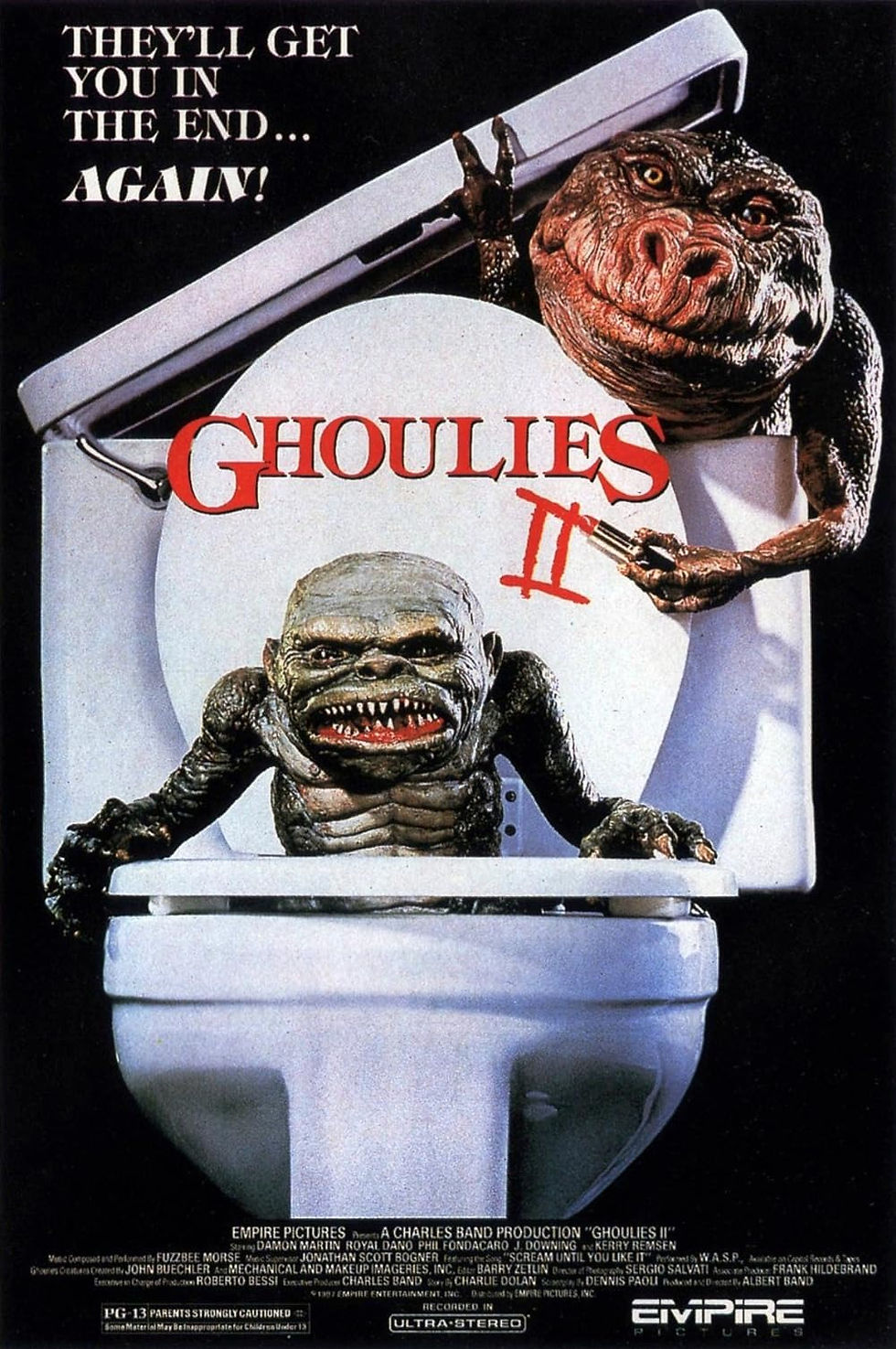Black and White Horror Movies: Where Shadows Whisper and Symbolism Reigns Supreme
- Allan Major

- Mar 17, 2024
- 4 min read
Updated: May 23, 2024

The scent of old celluloid hangs heavy in the air, a mix of dust and dreams. I sit in a creaky velvet seat, watching as a world bleeds into stark shades of moonlight and shadow on the flickering screen. It's black and white classic horror, a world where the line between fear and fascination dissolves into a silvery mist. This isn't just entertainment, it's enchantment – a place where symbolism is the language of terror, whispered from every shadowed corner.
Dancing With Duality - Mirrors and Reflections
Imagine a dusty, ornately framed mirror hanging crookedly on the wall of a cobweb-strewn room. It's more than just a reflection; it's a portal to a realm of shimmering serpents – the unsettling way mirrors slither through black and white horror. Think of the young woman in Carnival of Souls, her fractured reflection in the murky water foreshadowing a terrifying fate. Or the chilling scene in the original Invasion of the Body Snatchers, where a character stares into a mirror, only to see a horrifying doppelgänger staring back.
These pools of shimmering mercury aren't mere reflections; they're gateways to a twisted reality. The faces staring back aren't quite right, warped into grotesque mockeries of humanity. A hint of a monstrous grin, a vacant space where an eye should be – these subtle distortions send shivers down our spines. The mirrors become an unsettling funhouse, holding warped truths that our rational minds struggle to comprehend. They whisper a chilling question, not with words, but with a terrifying visual echo: is the monster truly a fiend in the glass, or are we simply gazing into the abyss of our own dark hearts? The silence stretches, and the answer hangs heavy in the air, as unsettling as the distorted reflection itself.

Where Shadows Whisper - Light vs. Darkness
In this monochrome world, light and shadow aren't mere decorations; they're primal forces locked in a silent, eternal war. Imagine a single beam of light erupting from a dusty window in a forgotten castle. It cuts through the inky blackness like a divine blade, illuminating Bela Lugosi's Dracula for a fleeting moment. His chilling features – the arched eyebrows, the menacing fangs – are etched into our minds with a stark, unforgettable clarity. But then, just as quickly, the light flickers and dies, plunging us back into an abyss.
Now, the only illumination comes from a lone flickering candle in a cobweb-laden mansion hallway. Its feeble flame dances erratically, casting grotesque, distorted shadows that writhe on the crumbling walls. These aren't mere shadows; they're phantoms – twisted parodies of the horrors lurking just beyond the reach of the dying light. Our imaginations run wild, conjuring unseen monstrosities all the more terrifying because they remain veiled in the inky darkness.
Finally, the candle sputters and extinguishes, plunging us into complete blackness. In that suffocating void, the villain – a figure like Nosferatu, perhaps – becomes one with the shadows. His form is no longer human, but a physical manifestation of pure, unknowable evil. This isn't just fear; it's a primal terror, a bone-deep dread that seeps like ice into your veins, leaving you paralyzed and gasping for breath.

Cloaked in Fate - The Language of Costume
Costumes in black and white horror transcend mere aesthetics; they're chilling prophecies woven in threads of moonlight and shadow. Imagine a gothic heroine, bathed in an ethereal moonlight, her flowing white gown a beacon of purity in the encroaching darkness. Yet, as the camera pans down, a single, bloodstained tear ripples in the fabric – a macabre foreshadowing of the death shroud to come, like a whispered secret on a monochrome canvas.
On the other side of the spectrum, the relentless detective stands resolute in his starched suit and tilted fedora. These sharp lines and the glint of his badge evoke a sense of competence, a lone warrior against the encroaching night. But look closer. A hint of shadow clings to the edges of his coat, a subtle suggestion that even the most determined can be consumed by the very darkness they pursue. Every detail – the glint of a villain's ring, the tilt of a hat, the dramatic swirl of a cape – becomes a cryptic clue. These aren't mere sartorial choices; they're whispers, hints of a character's true nature, hidden in plain sight on the stark black and white canvas. As the shadows lengthen and the suspense tightens, we strain to decipher the message woven into every thread.
Terror Beyond Technicolor
Some might scoff at black and white horror, deeming it outdated, a relic of a bygone cinematic era. They're missing the phantasmagorical point. The lack of color doesn't dilute the terror, it amplifies it. This is a realm where shadows become monsters, reflections betray us, and stark costumes hint at twisted fates. Black and white horror reminds us that the most chilling terrors aren't splashed in crimson hues, but etched in the stark monochrome landscape of our deepest, most primal fears.







